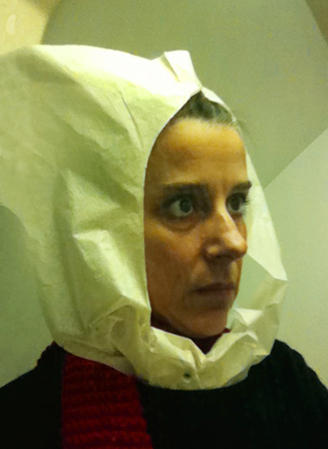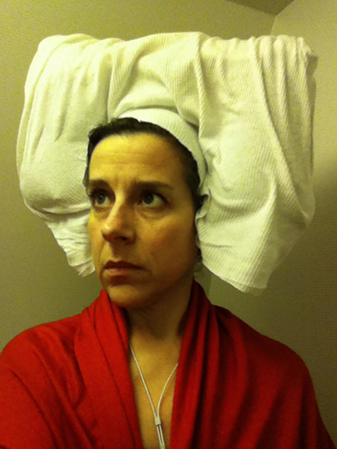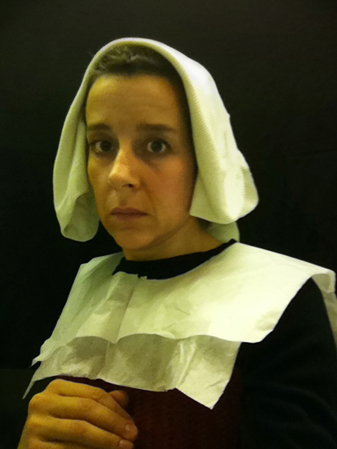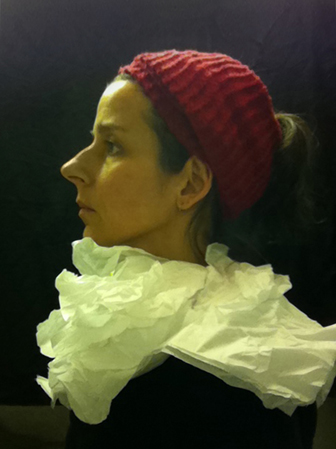 |
| Letterpress card found on etsy |
That very evening, I read this post on Mighty Girl, and I was struck by the writer's ability to verbalize her process in such a tender and clear way. I don't think that 'love' should be delegated to a field of study, nor do I think it already is being delegated. But I do think that the majority of us have no context with which to discuss these matters outside of our comparison to the 'love' found on screen, or in print, or within a form of worship. Our language is simply not adequate enough for something that connects ourselves with a variety of other selves. Four, or even four hundred, words are not enough. With an issue so tender, it's frightening how many choices are made, both by and for us, that are self-defining and life-altering. It's amazing how often we are able to recognize our own sense of love in connection with another being, or activity, or object. I am struck by this incredible gift that we have yet to fully understand, and am overjoyed that we might never have the right words to express this one emotion. This, to me, is the purest form of creativity, and the one that we seek to recreate in our mastery of our chosen mediums.





